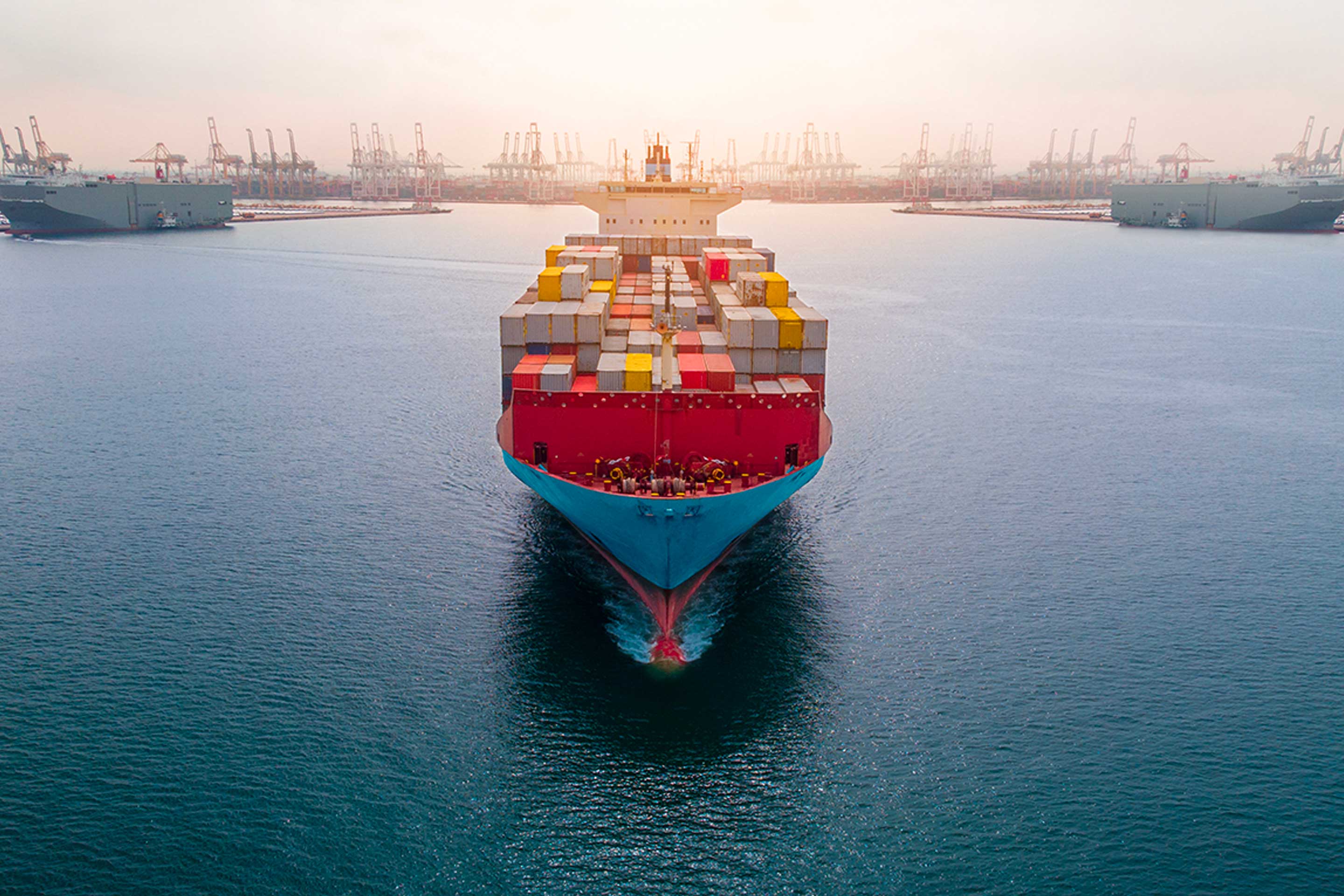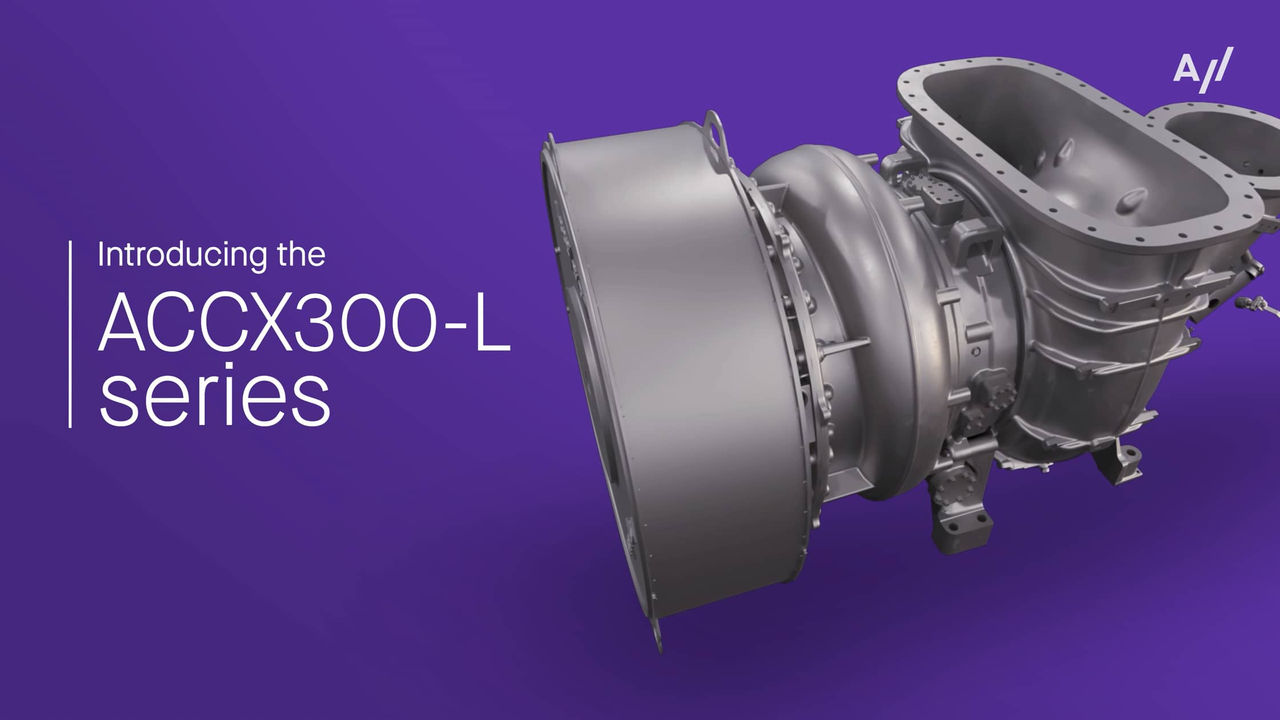Introducing changes that speed up servicing
The more holistic approach resulted in a turbocharger that’s considerably more flexible when it comes to servicing, benefiting from some notable design choices. For starters, the ACCX300-L series is the first turbocharger for low-speed engines with a cartridge that can be exchanged from the compressor and turbine side.
“We believe this will be a big benefit for the customer,” says Simon. “As soon as the engine is ready to access, either by our team at Accelleron or the crew, we can begin the overhaul. If you’re accessing the cartridge from the turbine side, as with a traditional turbocharger, you need to wait for temperatures to reach a workable level, which can add a considerable amount of time to servicing.”
While we’ve seen such technology on medium and high-speed engines, its inclusion on turbochargers for low-speed engines sets Accelleron apart from rivals. It’s a dramatic shift for a conservative market, but one which will pay dividends when it comes to servicing, maintenance and upgrades.
Using data-enabled services
The ACCX300-L series also features Accelleron’s Turbo Insight technology, helping to identify performance improvement opportunities and highlight when services will be needed well in advance. This is particularly relevant when used in conjunction with the ACCX300-L series’ turbocharger cut-out feature, Simon adds.
“It’s critical that we use data-enabled services to monitor the ship’s turbochargers, because when a turbocharger is being utilized more heavily, the maintenance needs compared to other turbochargers on the engine begin to differ.”
With potentially different maintenance requirements for each turbocharger, there’s no need to try and align servicing with a traditional drydocking schedule. Instead, port stays can be utilized as additional opportunities to address differing maintenance needs, making full use of the component’s lifetime.
Flexibility is further increased by the cartridge concept and the idea of cartridge pooling, says Simon, which guarantees the highest availability. “The advantage of cartridge pooling is that it realizes the minimum time to overhaul a turbocharger, with a new or refurbished cartridge ready at the port to exchange with the existing one on the engine.”
Together, the ACCX300-L series’ smart design and greater efficiencies result in a turbocharger that offers a lot more than previous generations.
Find out more about the ACCX300-L series here



